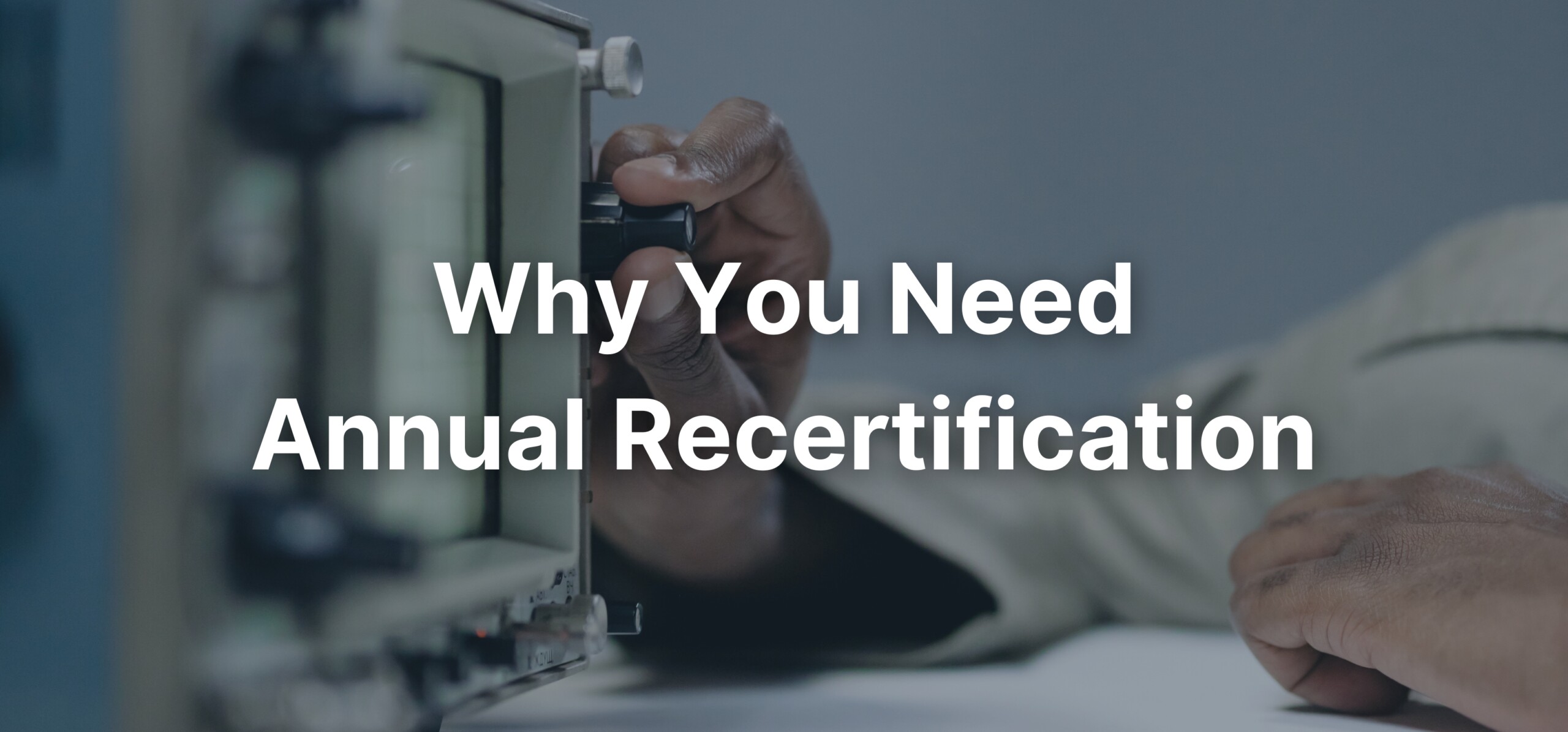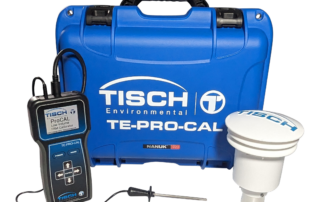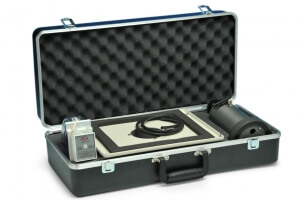As environmental challenges escalate worldwide, the demand for accurate air quality data has become crucial. Governments, research institutions, regulatory agencies, and public health organizations rely on dependable data to make informed decisions. At Tisch Environmental, we are committed to delivering top-tier air quality monitoring solutions. These solutions empower professionals to gather reliable data and address environmental concerns effectively.
An essential factor in maintaining equipment integrity is the process of recertification. Regular recertification ensures monitoring instruments perform optimally, providing consistent, accurate results. In this article, we delve into the necessity of annual recertification, its numerous benefits, and how it aligns with regulatory standards established by the Environmental Protection Agency (EPA).
Understanding the Concept of Recertification
Recertification is the routine evaluation of air quality monitoring equipment’s accuracy, calibration, and functionality. The process involves diagnostic tests, recalibrations, and performance assessments. Unlike one-time calibration, recertification is a recurring procedure. It is pivotal in maintaining instrument performance and ensures data validity over time.
Environmental factors, such as temperature changes, humidity, and pollutant exposure, can impact equipment functionality. Additionally, regular use can lead to sensor wear. By undergoing annual recertification, instruments stay within their intended operational specifications. Therefore, organizations that rely on air quality data must prioritize this practice.
Key Reasons for Annual Recertification
1. Ensuring Accuracy and Reliability
Over time, even advanced air monitoring instruments may experience calibration shifts. Environmental factors like particulate matter and chemical exposure contribute to these changes. Consequently, these subtle shifts can undermine data accuracy.
Through annual recertification, technicians perform rigorous calibration and testing. They detect and correct any deviations from the manufacturer’s specifications. This process restores instrument accuracy, allowing organizations to trust the data they collect. Without this reliability, public policies could be misguided, and health risks might increase. Thus, annual recertification is indispensable for anyone depending on air quality data.
2. Maintaining Regulatory Compliance
Compliance with regulatory standards is critical for organizations using air monitoring equipment. The EPA and other regulatory bodies enforce strict guidelines to ensure data integrity. According to the EPA’s Ambient Air Monitoring Quality Assurance guidelines, instruments must meet specific accuracy levels to remain compliant.
Adhering to annual recertification schedules helps organizations align their equipment with these standards. For public health agencies and research institutions, this alignment is vital. Not only does it maintain credibility, but it also prevents penalties and ensures public trust.
3. Preventing Potential Issues
Air quality monitoring equipment is subject to wear over time. Problems like sensor drift or mechanical failures can develop unnoticed. However, during recertification, technicians thoroughly inspect the equipment.
By identifying potential issues early, organizations avoid costly repairs or unexpected downtime. Furthermore, addressing problems proactively ensures consistent monitoring without disruptions. This preventive approach protects both data quality and operational efficiency.
4. Supporting High-Quality Data Collection
Accurate air quality data is fundamental for effective environmental management. Reliable measurements shape public policies, health standards, and environmental regulations. Conversely, inaccurate data can lead to ineffective policies and public health risks.
Annual recertification guarantees that instruments produce scientifically valid results. This reliability supports research, compliance, and policy-making efforts. Ultimately, recertification ensures organizations can provide actionable insights to tackle environmental challenges.
5. Delivering Long-Term Cost Savings
While annual recertification involves upfront costs, the long-term savings are significant. Regular recertification prevents premature equipment failure and extends the lifespan of instruments. It also avoids expenses from regulatory non-compliance or inaccurate data collection.
By maintaining equipment at peak performance, organizations reduce operational risks and improve sustainability. This investment not only safeguards financial resources but also enhances environmental management outcomes.
The Recertification Process: Step-by-Step Overview
The recertification process involves critical steps designed to ensure continued equipment accuracy. Each phase is essential for achieving reliable performance.
- Initial Assessment
Technicians inspect the equipment for physical damage, wear, or corrosion. This step ensures that instruments are ready for calibration. - Calibration and Testing
During this phase, equipment is calibrated to standard specifications. Tests verify its response to various air quality parameters. Any identified deviations are corrected to restore accuracy. - Documentation and Reporting
Detailed records of the process are maintained. These records include calibration results, corrective actions, and equipment condition. This documentation is crucial for regulatory compliance. - Certification and Labeling
Once instruments pass all tests, they receive updated certification labels. These labels include the recertification date and the next due date. - Final Report Generation
A comprehensive report summarizes the process, findings, and results. This report provides transparency and supports accountability.
Tisch Environmental’s Commitment to Excellence
At Tisch Environmental, we prioritize providing high-quality air quality monitoring services. We understand annual recertification provides and maintains accurate, reliable, and compliant data. That is why we offer recertification services that exceed industry standards.
Our technicians use cutting-edge tools to deliver thorough recertifications. Additionally, we tailor schedules to meet our clients’ unique needs. Whether you are a researcher or a regulatory agency, we are dedicated to supporting your goals.
Conclusion: Why Annual Recertification Matters
Annual recertification is crucial for ensuring air quality monitoring equipment performs at its best. By committing to this practice, organizations enhance data accuracy, maintain regulatory compliance, and achieve long-term cost savings.
At Tisch Environmental, we are proud to provide expert recertification services. Let us help you maintain your equipment’s integrity and support your environmental monitoring efforts. Together, we can ensure better data quality and more informed decision-making for a healthier planet.








Get Social